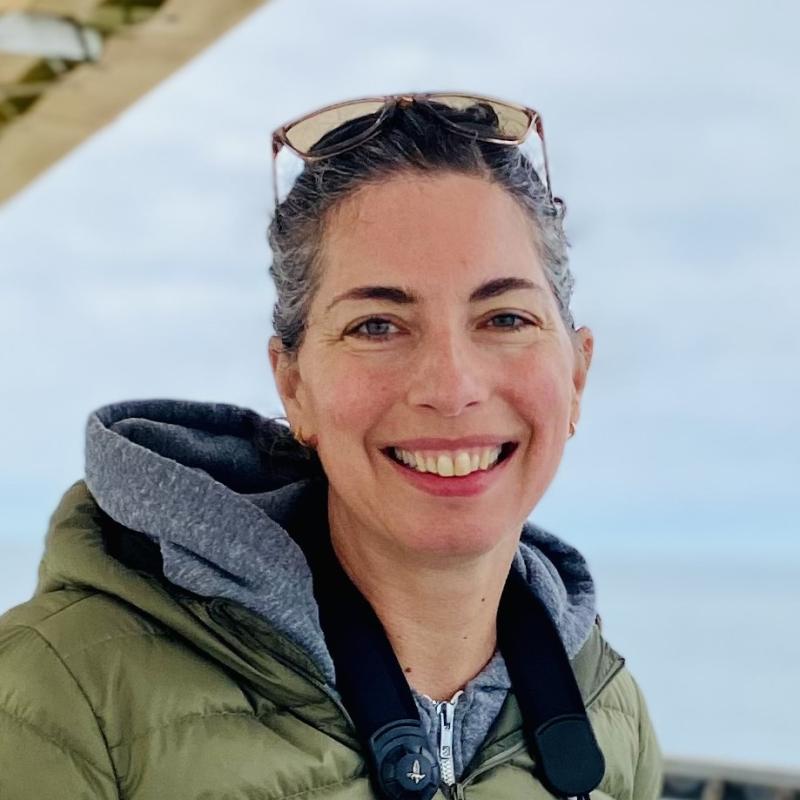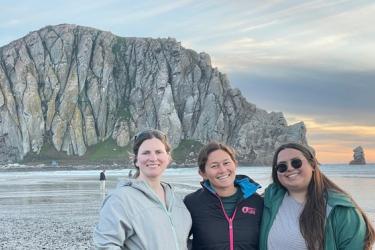The NOAA Ship Bell M. Shimada left Newport, OR on June 23 to begin the 2023 Joint U.S.-Canada Integrated Ecosystem and Pacific Hake Acoustic Trawl Survey (or simply the “survey”). This survey collects data using fisheries acoustics and midwater trawls to inform the Pacific hake (Merluccius productus) stock assessment.
The survey also provides acoustic and biological data for other ecosystem assessments and research projects, including studies of krill abundance and fish specimen collections. Key environmental and oceanographic information are also collected so that scientists can model ocean habitat and the distribution of fish and invertebrates.
The ship is currently steaming south and will stop in Monterey Bay to calibrate the acoustic echosounders. Once the calibration is complete, the ship will continue to Point Conception, California, where it will begin surveying on east-west line transects oriented perpendicular to the coastline, moving north towards British Columbia, Canada.
Transects are spaced ten nautical miles apart, and are run along constant lines of latitude lines, covering depths from 50 meters inshore to 1,500 meters offshore or deeper (depending on the presence of hake in offshore waters). During the day, we use the echosounders to collect acoustic data and trawling to gain biological information. Environmental and oceanographic data sampling will occur during night operations.
In addition to collecting data on hake and physical oceanography, the Bell M. Shimada also serves as a platform for researchers collecting data on Harmful Algal Blooms (HABs), environmental DNA (eDNA), and phytoplankton using an Imaging Flow CytoBot (IFCB). Observers from Oregon State University will also be on-board during Legs 3 and 4 to collect data on marine mammals and seabirds from the flying bridge as the Bell M. Shimada moves along acoustic transects.
Much more on these topics to come in future blogs!



